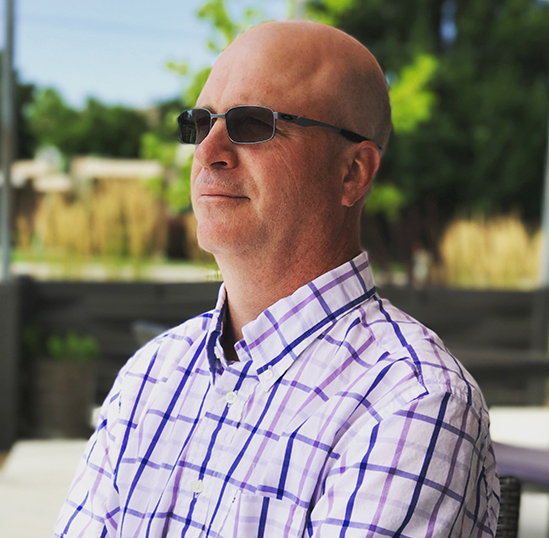'We have the best jobs': Therapy dogs bring smiles, comfort to St. Luke’s patients, staff

Time spent in a hospital can be stressful for patients and their families — even staff members.
That’s why at St. Luke’s every (therapy) dog has its day.
For almost two decades, St. Luke’s has worked with a team of volunteers who bring therapy dogs to the rooms and hallways of its hospital campuses.
Brad Giesen has been a volunteer since 2006 and he helped launch dog therapy programs at the St. Luke’s hospitals in Nampa and Meridian. Today, dozens of therapy dogs make visits around the health system.
“We have the best jobs in the hospital,” Giesen said. “We see the effects that these dogs have on people all the time. There is nothing better than knocking on the door of a (pediatric patient’s room) and asking if they’d like a visit with a dog. You’ll see their eyes light up and the energy, you just see it in their faces.”

Miranda Laramie can attest to that. Laramie is a volunteer supervisor at St. Luke’s Boise Medical Center, and part of her role is facilitating the dog therapy program. Laramie also worked for more than 15 years as a child life specialist, during which she saw the difference therapy dogs can make.
“Those visits are so impactful,” Laramie said. “It really helps normalize the hospital experience, and it helps patients (of all ages) cope with whatever they are going through at the time, but also their family, siblings and the other people who are visiting them.
“The staff also looks forward to seeing them, especially when they’re going through some hard situations as well.”
Giesen has had three therapy dogs since he’s been volunteering at St. Luke’s. These days, he’s accompanied by Rocky, an 11-year-old “Wonder Dog.”
Sure, he’s a special dog, but why did he get that title?
“Because we all wonder what mix of breeds he is,” Giesen said.
Like all dogs that visit St. Luke’s, Rocky has been through a certification process through the Alliance of Therapy Dogs (ATD). Tester/handlers, such as Giesen, make sure the dogs have the right temperament for therapy work. They also monitor two visits to a medical facility and provide other guidance before dogs are recommended for certification.
Kim Thomas, another St. Luke’s volunteer who has worked with certifying dogs through ATD, has seen all kinds of breeds become great therapy dogs.
But it’s not for every dog. Some dogs might get too excited or reactive – or even aggressive. Thomas has also seen some naturals, including her own dog, Petey, an English Springer Spaniel.

“I’ve had to tell some people, ‘I know you want to do this, but your dog is just not into this at all,’” Thomas said. “Petey was bred to be a hunting dog, but he was born to be a therapy dog. He just loves kids.”
Joni Huff, manager of volunteer services at St. Luke’s Magic Valley, said its therapy dog program went dormant during the pandemic, but a few administrators made it a priority to bring it back.
She said the program has two active therapy dogs, with a third – a Great Dane named Rose – currently in the onboarding process.
Huff said the star of the rejuvenated program is Duke, a standard poodle.
“He’s got a following and it’s amazing to watch him,” Huff said. “People just love him, from staff to the patients. … You can see the stress relief for people when Duke is around. He just brings that comfort. And Duke soaks it all in. The more love he can get, the better.”
In the end, Giesen said that’s what the therapy dog program is all about: Giving and receiving love. He teared up a little bit while relaying some of the emotions he’s experienced as a volunteer.
“You go in and visit a kid and you start walking out of the room,” Giesen said. “Then the parent comes out and tells you ‘That’s the first time they’ve smiled all day.’”
That’s why he and Rocky will continue to make their visits.
“We always get so much more from it than (even) the patients do,” he said.

Some St. Luke's therapy dogs even have their own trading cards.
About The Author

Chris Langrill is a writer and copy editor for the St. Luke’s Communications and Marketing department.


